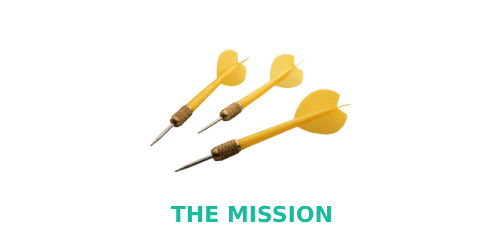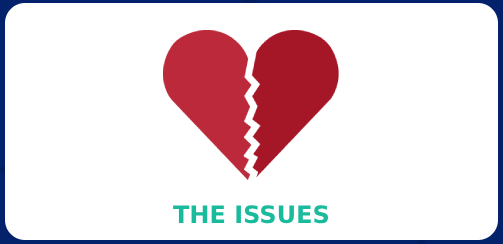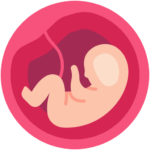The Mission
Eden: A place or state of great happiness; an unspoilt paradise
Cradle: To hold gently and protectively
The bulk of the consequences of adverse global occurrences are on the young and most vulnerable of the population. KiRA Foundation is our way of carving a nirvana for children living with/in terrible circumstances and in some of the harshest of environments. At the core of our mandate are four focus points:
♦ Children
♦ Health, Morbidity and Mortality
♦ Human Security of the Child
♦ Development and Purpose Preservation
We are an organization birthed from the need to make a difference by identifying and nurturing, providing and caring for, and giving opportunities to children that are worst hit by poverty, abuse and illness, and those most vulnerable to social and cultural vices.
In order to touch the greatest number of lives, KiRA Foundation operates with the management, mitigation and eradication of global concerns relating to children, compartmentalised into 12 crucibles, as our mandate. We call these crucibles “The Big 12”, encompassing:
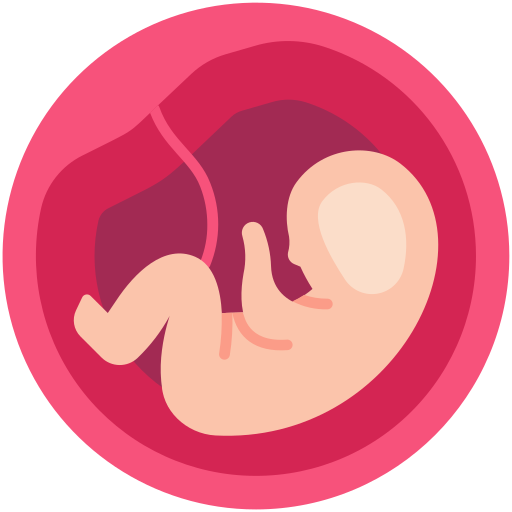
Pre-natal Birth Defects

Maternal & Child Mortality
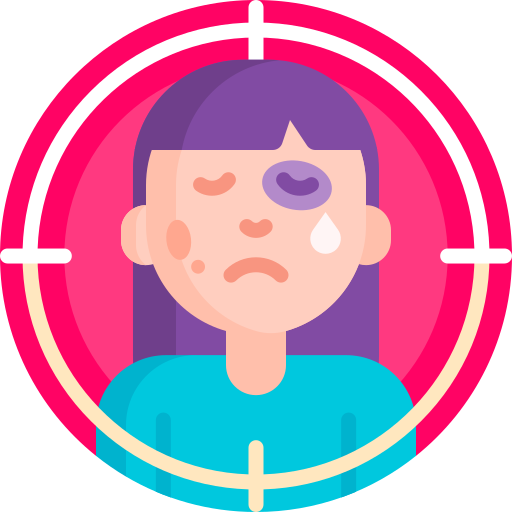
Child Abuse & Maltreatment
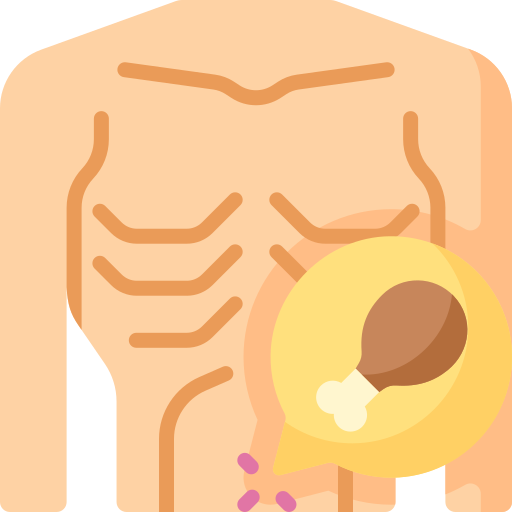
Poverty, Hunger & Malnutrition

General Health & Well being

Quality Education & Equal Opportunities

Childhood Delinquencies

Violation of Child Rights

Societal & Cultural Vices Impacting on Children
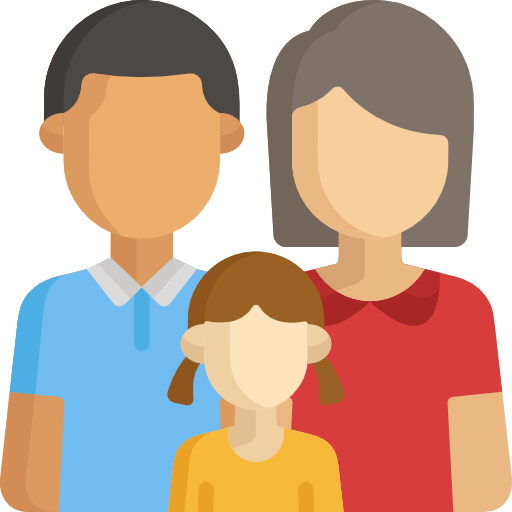
Responsible Parenting

Purpose Progression

Justice & Resilient Institutions
You can consider KiRA Foundation the guardian angel of children worldwide. Where the human security and/or destiny of a child is at stake (directly or indirectly), we will be there to provide succour, shelter, rescue and restoration, and to demand and enforce justice.

The Issues
Recent years have seen a surge in births worldwide, as well as the highest number of child deaths. According to the World Health Organization (WHO), 1 in 27 children die before the age of five. Majority of the underlying causes of death in children stem from often ignored or under-projected issues including pre-natal birth defects; maternal and child mortality; child abuse and maltreatment; poverty, hunger and malnutrition; preventable ailments and terminal diseases, disability, and societal and cultural vices.
PRE-NATAL BIRTH DEFECTS
Birth defects, also known as congenital abnormalities, congenital disorders or congenital malformations, are structural or functional anomalies that occur during intra-uterine life. The most common birth defects are heart defects, neural tube defects, Down syndrome, congenital heart defects, cleft lip or palate and club foot.
A minority of birth defects are caused by genetic abnormalities i.e. chromosomal abnormalities or single gene defects (e.g. cystic fibrosis). Others occur because of environmental factors like maternal infections (syphilis, rubella), exposure to radiation, maternal nutritional deficiencies (e.g., iodine, folate deficiency), illness (maternal diabetes) or certain drugs (alcohol, phenytoin). Consanguinity (where parents are related by blood) also increases the prevalence of rare genetic birth defects and nearly doubles the risk for neonatal and childhood death, intellectual disability and other anomalies.
According to the WHO, an estimated 240,000 new-borns die worldwide within 28 days of birth every year due to birth defects. Birth defects cause a further 170,000 deaths of children between the ages of 1 month and 5 years. Notably, it is estimated that about 94% of severe birth defects occur in low-and-middle-income countries. This higher estimation stems from a possible lack of access to sufficient nutritious foods by pregnant women, an increased exposure to agents or factors such as infection, or poorer access to health care and screening. Accordingly, although birth defects may be the result of one or more genetic causes, other identified causes such as infections, nutritional, and environmental factors make some birth defects highly preventable.
MATERNAL AND CHILD MORTALITY
Developing nations are a major contributor to the global burden of maternal and child deaths, thus requiring intensified efforts to rapidly reduce the high mortality indices. the region with the highest number of neonatal deaths is sub-Saharan Africa at a rate of 27 (25-32) deaths per 1000 live births. There are approximately 6,700 neonate deaths everyday globally and majority of them are in sub-Saharan Africa.
Seventy-five percent of neonatal deaths occur within the first week of life. For proper context, the new-born period, that is the time from birth till 28 days of extra uterine life, can be divided into early neonatal period (first 7 days) and late neonatal period (8th to 28th day). Nearly 1/3 of all under-5 deaths occur in the early neonatal period. Genetic factors such as birth defects, pre-term birth, distressful birth, and infections also contribute to early neonatal deaths. In the late neonatal period, pneumonia, diarrhoea, birth defects, malnutrition and malaria are common causes of severe disease and death. Other factors such as unhygienic umbilical cord treatment also lead to fatal but otherwise uncommon diseases such as neonatal tetanus.
As it pertains to the mothers, the main causes of maternal mortality are haemorrhage, infection, obstructed labour, eclampsia, malaria in pregnancy, anemia, et al. Majority of these conditions can be prevented, and/or their impact minimized to such an extent that they do not cause maternal death.
CHILD ABUSE AND MALTREATMENT
Children worldwide are vulnerable to various forms of abuse and neglect , which could be physical abuse , psychological abuse , and sexual abuse . A quarter of all adults’ report having been abused as children. Every year there is a low estimate of 41,000 homicide deaths in children under the age of 15 years with majority of these homicides due to abuses and maltreatment, which are incorrectly reported as accidents. Further, war infested countries and countries with low social security consistently record high incidence of sexual violence and exploitation and abuse by security forces, community members, aid workers and many others.
Similarly, child globally continue to encounter maltreatment, which cause them suffering, impairs brain development; and as adults, these maltreated children are more violent, depressed, are more likely to abuse substances, have a much worse health outcome, participate in high-risk sexual behaviours as well as propagating their own forms of abuse.
Notably, a number of characteristics of relationships within families, friends and peers, communities and societies may increase the risk of child maltreatment, such as: a lack of awareness of child development or having unrealistic expectations of a child; financial difficulties, high levels of unemployment or poverty; physical, developmental or mental health problems of a family member; family breakdown or violence between family members; gender and social inequality; and social and cultural norms that promote or glorify violence towards others, support the use of disproportionate corporal punishment, promote rigid gender roles, or diminish the status of the child in parent–child relationships.
In all, children are the victims and are never to be blamed for abuse or maltreatment.
POVERTY, HUNGER AND MALNUTRITION
A very high percentage of children in developing countries (orphaned or with a parent(s) alive), live in poverty or extreme poverty. This makes it difficult for them to access or afford everyday essentials such as food, water, shelter or healthcare. This is made worse by the fact that most of these countries do not have the social support or have a plan to alleviate distressed families from poverty. Often, these children that are born with nothing to their names grow up with such a limited mentality that they too have children that end up with nothing to their names, and the poverty cycle continues.
In Africa alone, children living in extreme poverty are just over 50% of the children population. This low socio-economic standing leaves a lot of families unprotected when health challenges arise. In 2012, it was estimated that 3.5 million children in Africa are two parent orphans while another 28.6 million are single parent orphans, with the number expected to have increased in the last couple of years.
Attendant to poverty is malnutrition, which can be undernutrition, over-nutrition, or vitamin or mineral deficiency. Undernutrition is the most common type of malnutrition in developing countries. It is associated with more than 40% of child deaths as it has certain implications such as impaired growth of the child, weakened immunity and poor healing and repair. Not many children have access to good and nutritionally balanced food. Further, most infants under 6-month of age are not exclusively breastfed. In fact, according to the WHO, 800,000 children’s lives could be saved every year among under-5s, if all children under the age of 23 months were exclusively breastfed. What this means is that good nutrition falls under the inexpensive part of medicine known as preventive medicine.
SOCIETAL AND CULTURAL VICES
Children worldwide are vulnerable to various forms of abuse due to child labour, child trafficking, female genital mutilation, child marriage which sees girls as young as 10 married off, and violence involving children and against children.
Under-aged Marriages
Every year, about 15 million girls are married before the age of 15 years, and 60% of births by girls between the ages of 13 and 19 occur within forced or unplanned marriages. Some of the causes of this menace include restrictive laws and government policies that make it hard to access information on sexual health; financial constraints of adolescents to acquire contraceptives; and in some situations, underage girls may be unable to refuse unwanted sex or resist coerced sex which is often unprotected; and rape. This does not just happen in war torn countries but in relatively peaceful countries where said girls may be afraid of speaking out against the perpetrators of these acts.
Child Trafficking
27% of trafficking victims are children. Labour and sex trafficking are the most common form of trafficking faced by children and involves the use of fraud, coercion, or force. Nearly 4 million children are trafficked for forced labour, generating $150 billion in illegal profits per year. Children being trafficked are disconnected from their families, schools and friends and forced to work, with a majority of them forced to carry out hazardous tasks. 66% of child labour trafficking victims are girls, while 99% of sexual exploitation trafficking victims are women and girls, with most of the victims from poor neighbourhoods and have little to no education, thereby further worsening the outcome of their lives. It is estimated that there are 5.4 victims of modern slavery for every 1000 people worldwide and 7.6 victims for every 1000 people in Africa, making Africa the highest region in terms of modern slavery in the world.
Drug Dependency
Particularly worrisome is the escalating use of alcohol and mind-altering drugs amongst adolescents. This habit is closely linked with juvenile delinquency, school failure, HIV/AIDS transmission, violent crimes and a generally unsafe environment. Various types of drug use are prevalent, but cannabis remains the most widely used illicit substance in the developing regions. The highest prevalence and increase in use is being reported in the Americas and West and Central Africa with rates between 5.2% and 13.5%. Amphetamine-type stimulants (ATS) such as “ecstasy” and methamphetamine now rank as the second most widely abused drug type. Other substances that were used by children and youth surveyed in Sierra Leone, included benzodiazepines such as diazepam, chlorpromazine and different inhalants, while 3.7% were injecting drugs. Injecting drugs carries a high risk of infection with bloodborne viruses such as HIV, hepatitis B and hepatitis C, and the sharing of contaminated needles and syringes is an important mode of transmission for those viruses.
Education Exclusion
Of all regions, India and sub-Saharan Africa have the highest rates of education exclusion. Over one-fifth of children between the ages of about 6 and 11 are out of school, followed by one-third of adolescents between the ages of about 12 and 16. According to UIS data, almost 60% of children between the ages of about 15 and 17 are not in school. Without urgent action and intervention, the situation will most likely get worse.

The Strategy
KiRA Foundation facilitates grassroots engagement and complements the efforts of players and stakeholders relevant to the protection and security of children, in order to achieve the desired results for the eradication and/or mitigation of the ‘Big 12’. In general, we do this by:
♦Developing and strengthening sustainable monitoring and surveillance systems
♦Building capacity and expertise for the prevention of the ‘Big-12’ and for the care of the children affected
♦Supporting families who have affected children, and families affected by the scourge of poverty and lack
♦Collaboration with other stakeholders through policy advocacy and implementation monitoring;
♦Promotion of community participation in the planning, organization, operation and control processes.
♦Focusing on outcomes that measure our impact by the extent of improvement of living standards, the reduction of poverty, and the empowerment of communities.
♦Addressing the root causes of the problems faced by children and their families, rather than the symptoms.

